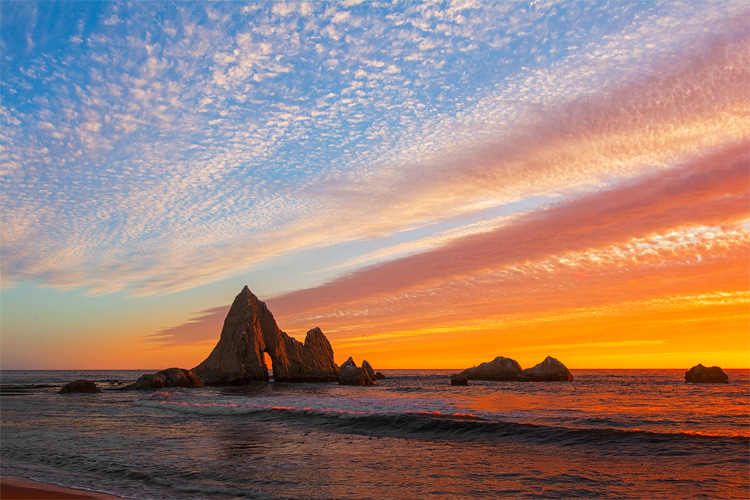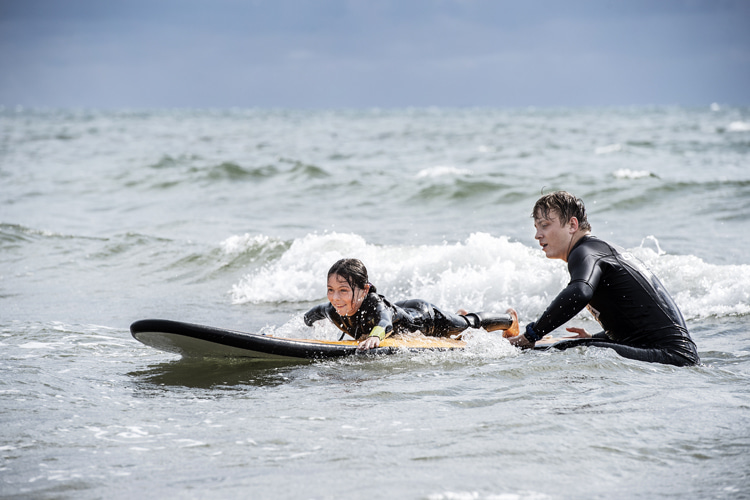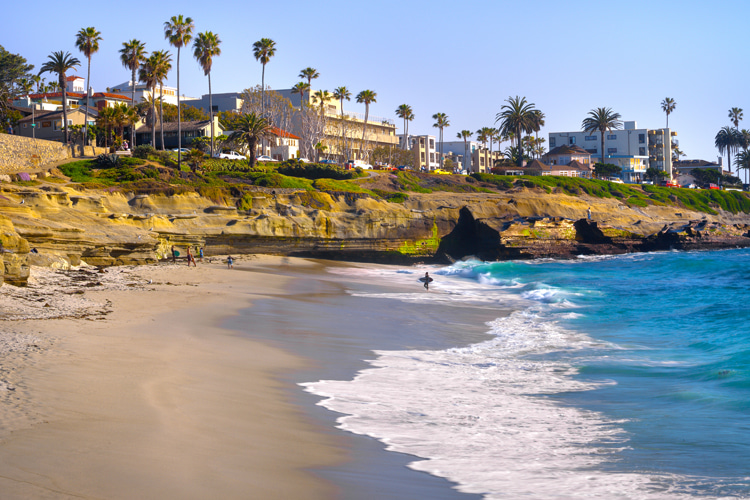The beach is the ultimate frontier between land and water. But where exactly does it start and end private and public property? And what does the legislation say about free public access?
A gentle sea breeze, the rhythmic sound of waves, soft sand underfoot - the beach is a place of joy, relaxation, and reflection.
Access to this natural haven is a subject of continual debate and legal wrangling in the United States, driven by a complex web of laws and regulations that differ from state to state.
While the general trend is toward ensuring public access, controversies, and court battles continue to arise.
So, who owns the sand strips? Can you surf, sunbathe, and swim on any shore?
Understanding the Differences Between Private vs. Public Beaches
A public beach is a coastal area open to the general public by law or tradition and accessible to everyone without discrimination.
In many jurisdictions in the US, public beaches are generally held in trust for the public and may be owned and managed by federal, state, or local governments.
The public's right to access a beach includes not just the sand but often the intertidal zone, the area between high and low tide.
A private beach is typically owned by an individual or organization.
They have the right to restrict access, although specific laws may still allow public use of parts of the beach under particular conditions.
However, defining what constitutes public access and where private property lines begin can be complex.

The High Tide Line
The regulations often cite the high tide line as the ultimate frontier between free access and potentially private property.
The high tide line is a mark left on the shore or beach to which the high tide usually rises.
It is a natural and often fluctuating boundary that can be subject to seasonal changes and even daily variations.
Determining the exact location of the high tide line can be challenging.
It may change due to natural forces like storms and erosion or human activities like construction.
This leads to disputes between private property owners and the public, often resulting in legal battles.
General Concept in the United States
The legal framework around beach access is governed by a mixture of federal, state, and local laws.
In many US states, the area below the high tide line is considered public property, governed by the Public Trust Doctrine.
The principle holds that some resources, including beaches, in trust for public use, belong to all and cannot be privately owned.
Here's how it plays out in specific states:
- California: The California Coastal Act ensures that the public has the right to access the area up to the mean high tide line. Property owners can't block access to this area, even if they own the adjacent dry sand. Nevertheless, battles have arisen over private encroachments;
- Florida: Florida law can be more complex. Private property rights may extend to the high tide line, but there are provisions for "customary use," which means that if the public has used a part of the beach for a long time, that use might be protected;
- Maine: Maine recognizes private property rights down to the low tide mark. However, the public still retains particular rights to fish, fowl, and navigate even in the intertidal zone;
- Texas: Texas law provides the public with the free and unrestricted right to access the state's beaches;
Controversial Cases of Private Property
There have been several high-profile cases where private property owners have sought to restrict public access to beaches.
Here are some of the most mediatic legal battles:
- Surfrider Foundation vs. Vinod Khosla: Tech billionaire Vinod Khosla attempted to restrict public access to Martins Beach in California but was met with legal challenges;
- Nauset Beach/Spit in Massachusetts: Local homeowners sought to limit public access to the beach, sparking a heated debate;
- Escondido Beach in Malibu, California: Several homeowners have attempted to block public access to the beach by claiming property rights up to the water. Courts have repeatedly upheld public access rights up to the mean high tide line;
- Isle of Palms, South Carolina: Conflicts over what constituted the high tide line led to a drawn-out legal battle between the city and private property owners;
Freedom to Roam
The "Freedom to Roam" or "Right to Roam" is a principle that allows public access to certain lands for recreation, even if those lands are privately owned.
This right varies widely by country and often includes access to beaches, forests, mountains, and other natural areas.
Here are some examples of how this principle is interpreted in several countries, specifically focusing on beaches.
United Kingdom | The Right to Roam
The Countryside and Rights of Way Act 2000 (CROW Act) in England and Wales and the Land Reform (Scotland) Act 2003 grant the public the right to access certain open lands, including mountains, moors, heaths, and coastal areas.
The right extends to most coastal lands, and the England Coast Path aims to secure public access along the English coast.
In Scotland, the right is even more extensive, allowing access to virtually all uncultivated land, including beaches.
Sweden | Allemansrätten
Sweden's "Everyman's Right" allows people to walk, cycle, ride, ski, and camp on any land, with some exceptions for private residences and cultivated land.
Beaches are generally included in this right, and the public can access most Swedish beaches for recreation, provided they do not disturb or destroy property or the environment.

Norway | Allemannsretten
Norway's Allemannsretten, similar to Sweden's, is enshrined in the Outdoor Recreation Act of 1957. It grants access to uncultivated land for recreation and passage.
Most of Norway's coastline is accessible to the public, with restrictions generally applying only near dwellings.
People can even camp overnight in most places as long as they follow a few guidelines.
Finland | Jokamiehenoikeuks
Like its Nordic neighbors, Finland has a broad right to roam, allowing access to forests, water bodies, and natural lands.
Finland's thousands of lakes and extensive coastline are largely accessible to the public.
People may walk, swim, or picnic on privately owned shores, provided they keep a reasonable distance from their homes.
Austria | Wegefreiheit
Austria provides a right to roam in forests, including some privately owned areas, under the Austrian Forest Act.
While this right doesn't extend as broadly to beaches, there is a tradition of public access to many lakes and rivers in Austria.
